
If you’ve decided to reserve a puppy, you are in for a beautiful journey. Our Premier puppies are fully equipped to bring you years of joy. Bringing a new puppy home is one of the best feelings in the world. You get to create new bonds and cuddle the sweetest little creature on earth.
Your first cuddle together will make you want to give your new puppy the moon and the stars. You will also want to have the happiest puppy in the world. So, to make sure that your puppy’s transition is stress-free and enjoyable, we’ve prepared a complete guide with all the steps you need to take.
Table of Contents
Before Your Puppy Arrives at Home
Here are a few steps you need to take before you bring your puppy home:
Plan Ahead for Your New Puppy
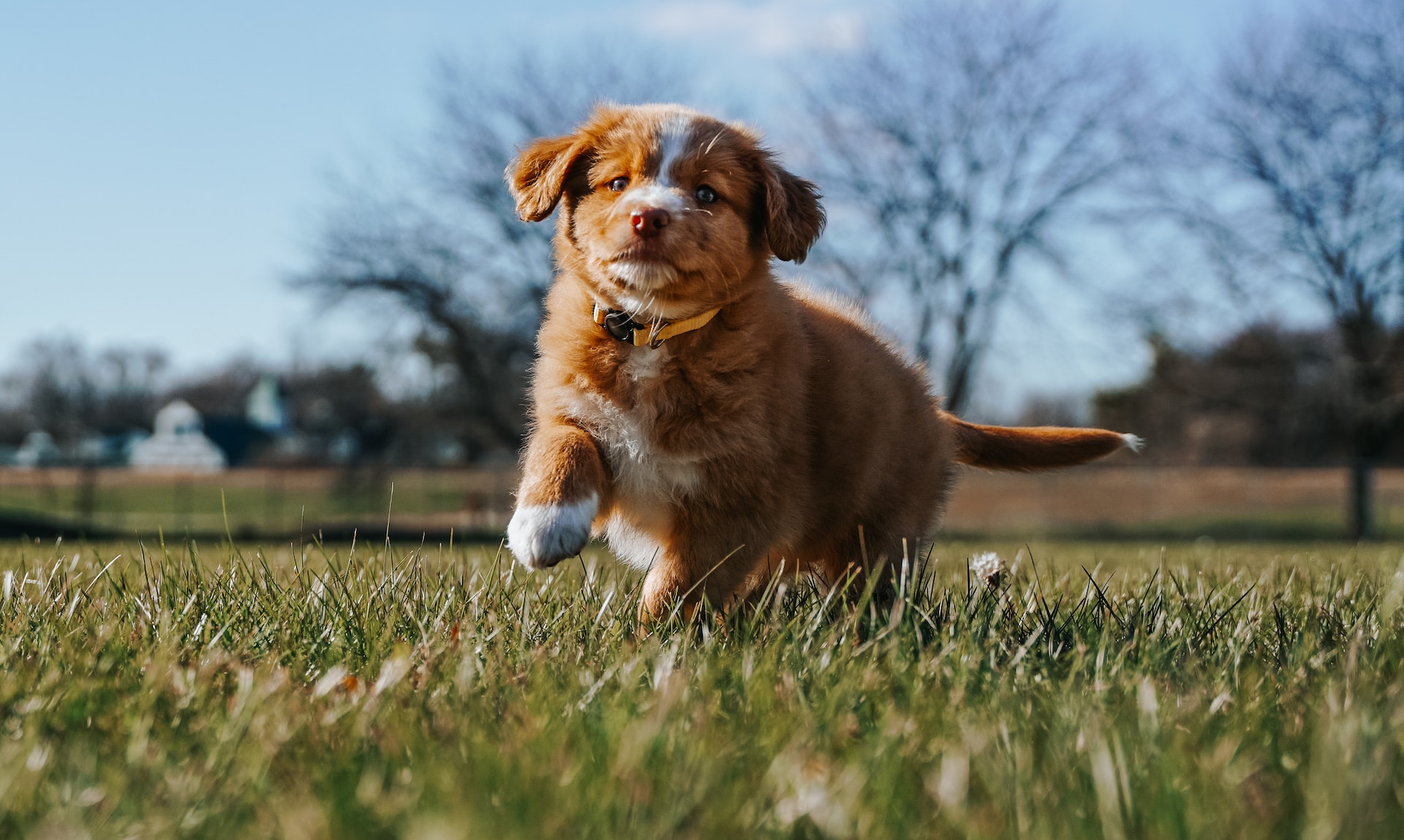
Prep work and research are two of the most essential steps you need to take before you bring your new puppy home for the first time. This is the time to enjoy your morning coffee with a healthy dose of puppy-related articles. Although it may be a bit time-consuming at first, it is definitely something worth doing. Knowing what lies ahead will help you manage every obstacle that may come your way when raising your first puppy. This includes learning the ins and outs of training, making a list of all the puppy supplies you need to buy for your new puppy, learning about sleep–eat – daily walk routines for puppies, and learning everything there is to know about puppy behavior.
Learning the ins and outs of training will help you plan your training steps in advance. You can create a puppy training chart and check off every command, trick, and training achievement as you master them together.
Learning about puppy behavior and dog body language is essential in helping you read the signs when your puppy wants/needs something, is frightened, sick, tired, or reserved for any reason. Learning to read these signs will make it easier for you to understand and better communicate with your puppy.
Invest in Puppy Supplies
Before you bring your puppy home, there are a few items that you need to stock up on. The essentials include:
- Puppy food and feeding bowls. Always look to buy recommended high quality puppy food that is age-appropriate for your new puppy and bowls to match their small size.
- Puppy bed and/or dog crate
- Dog toothpaste and puppy shampoo
- Grooming tools specifically designed for dogs
- Potty pads
- Adjustable puppy collar and leash
- And most importantly, puppy toys! Toy balls, squeaky toys, chew toys, and kong toys with puppy rewards in them, will help your new puppy keep busy and have fun at the same time.
Puppy Proof your home
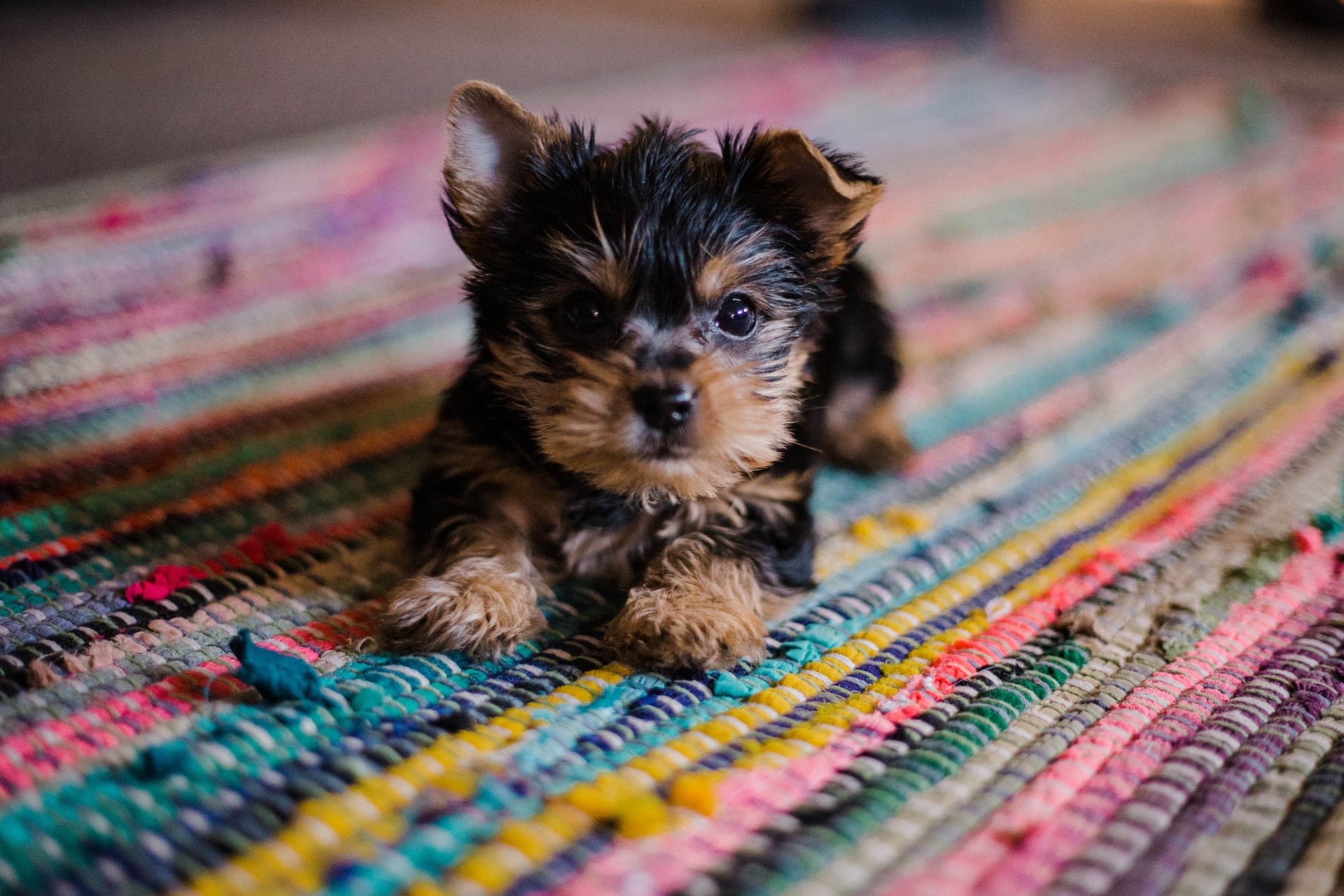
Puppy-proofing your home is a very important step that you cannot skip. There are objects and places in your house that you might not want your puppy to lay paws on. Puppies are notoriously eager to chew everything in sight. Their gums itch and they want to relieve that pressure by chewing everything they can reach. So, you will need to make a few slight changes. Ask yourself these two questions: What don’t I want my puppy to chew on or break? What objects are dangerous/not safe for my puppy?
Once you have the answers to those questions, it’s time to make the necessary changes. A few things we recommend you look out for are:
- Wires that your new puppy can reach and chew
- Small objects that your puppy can swallow
- Shoes, purses, wallets
- Medication and food that is dangerous for puppies
- Sharp objects that might cause injury to your puppy during bursts of uncontrolled energy
- Tablecloths that are long enough for your puppy to reach and pull down
- Unstable objects that can fall from a simple bump
When your Puppy Arrives Home
Now that your new puppy is home, it’s time for bonding, setting house rules, and enjoying every minute together. Here is what to expect and what steps you need to take to ensure a smooth transition:
Build Trust with your New Puppy
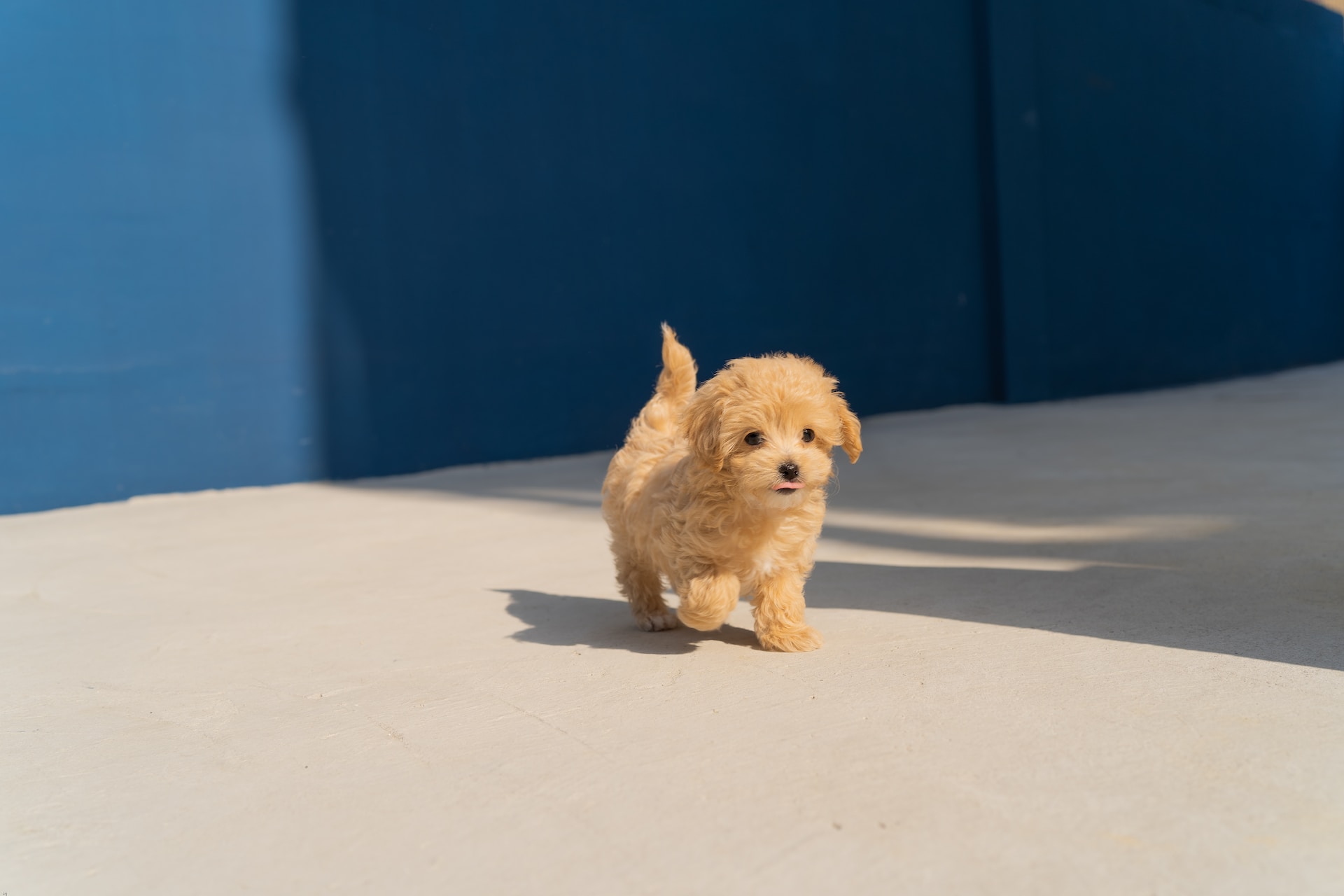
Your new puppy’s first days at home can be overwhelming for a dozen reasons. New surroundings, new faces, unfamiliar sounds, being without their siblings for the first time, and sleeping in a different bed, can be a tough pill to swallow for a puppy at its new home in the first couple of days. These are the moments when your puppy will rely on you to ease that stress.
Building trust with your new puppy will come naturally, but there are also a few things you can do to ensure an easier transition. You can build trust by feeding your puppy by hand and using a calm, positive tone of voice. You can also cuddle or pet them if something has frightened them or entice them in a friendly chase and a game of fetch to redirect their thoughts. Your puppy will learn to associate a sense of calmness, safety, and positivity with you.
Comfort your Puppy at night
The first few nights after your puppy’s arrival home can be a bit intense and even intimidating for your new puppy. To make sure your puppy is comfortable during the first few nights, we recommend that you sleep in the same room and reassure your puppy that you are there every time it whines or cries. Isolating your puppy in a room for the night will most likely cause fear and feelings of abandonment. Your puppy doesn’t know how to be alone yet and will likely miss his/her siblings, especially at night.
Crate Training
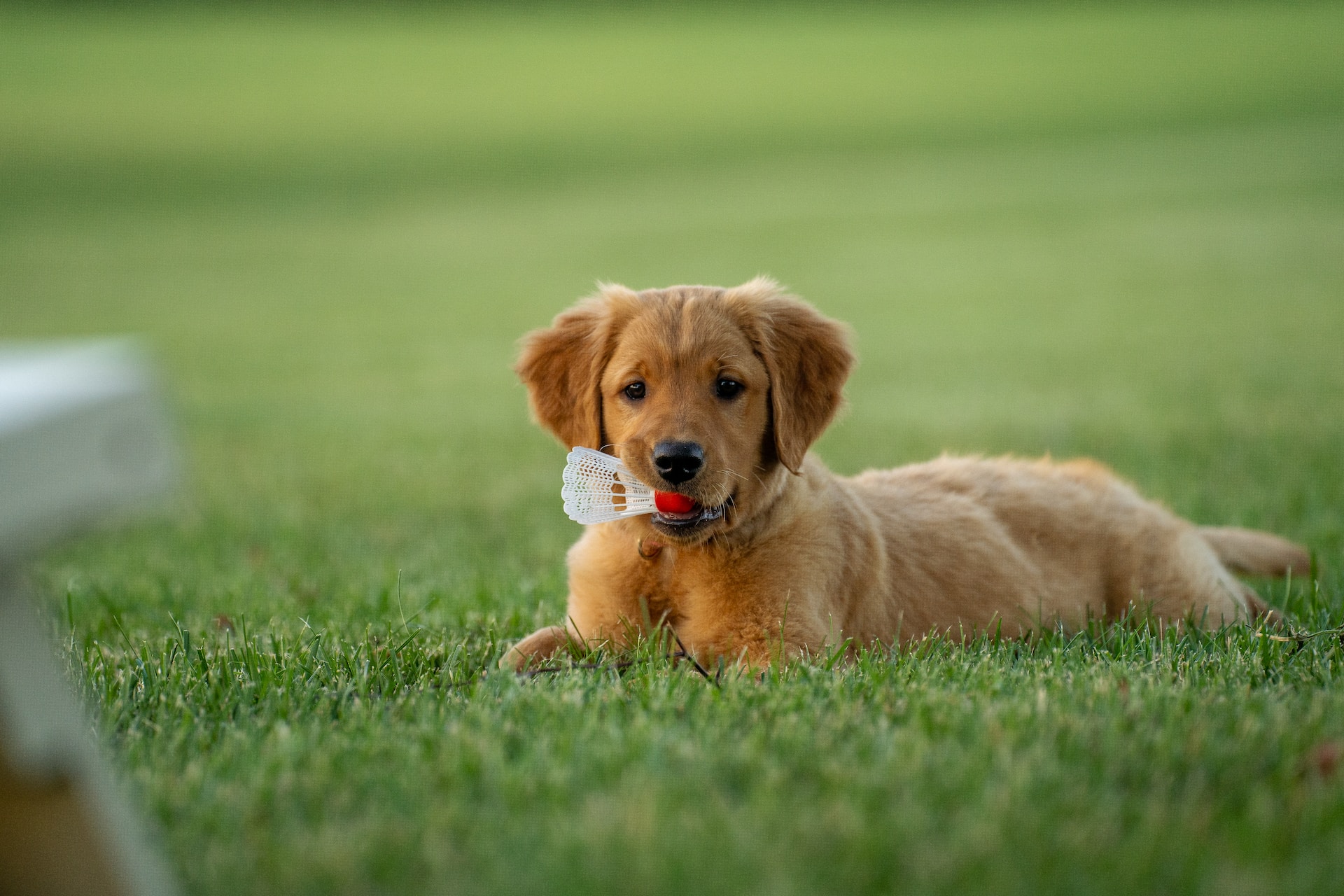
Crate training can offer your puppy a sanctuary of its own where it can relax and feel safe, but it can also cause more damage than good if not done properly. The way you present the crate to your puppy has the most impact on how he/she sees it. Sticking your puppy in the crate and leaving it there until it gets used to it will not work in the slightest.
When your puppy arrives home and you decide that a crate is the best option, it is recommended that you spend a lot of time, including nights, near your puppy’s crate with the gate open. The best way to ensure that your puppy isn’t frightened during the night while in its crate, is to move the crate in your bedroom next to your bed where your puppy can both see and hear you. That way your puppy will feel safe and more relaxed.
Establish Daily Routines for your Puppy
Daily routines are a must in the first few days with a new puppy in the house. That is when you need to establish mealtimes, exercise routines, and nap time.
Mealtime can be one of your puppy’s favorite pastime or something it completely ignores until hunger strikes. No two puppies are the same. It's important to know that your puppy won’t always eat the moment you put its bowl down, and it’s ok. It will take time for your puppy to adjust to meal hours. You should typically feed your puppy 3 times a day during breakfast, lunch, and dinner hours.
10-15 minutes of daily walks for the first few months will be all your puppy needs. The first few weeks after the vaccination scheme is complete, your puppy should get to go outside 6 to 7 times every day for a minute or two, immediately after eating a meal and drinking water.
Set Boundaries for Your New Puppy

Your puppy is bound to test some limits in its new environment, especially in the first few weeks. Whatever it reaches or finds on the ground is fair game, so it is extremely important to correct bad behavior every time you see it. Find a command word or phrase to use when you want to alert your puppy to an activity or an object that is off limits. Your tone of voice and body language should present determined.
It’s also important to keep in mind that every mischief you find cute while your puppy is young, you will not find as amusing when your puppy reaches adult age. Bad behaviors should be corrected early to avoid them becoming habits in adulthood.
Let your Puppy Investigate
8 to 10 weeks old is when puppies start to acknowledge that they have excellent detective skills. This is their time to sniff, taste, and inspect every inch of their new home, and you should let them. To explore their surroundings is a strong natural instinct in every dog. Every puppy does it, especially in the first week after arriving home. This is something you should encourage your puppy to do. It helps them get accustomed to their new surroundings and relieves their fear of the unknown.
What Not to Do
Here are a few things you shouldn't do as a new puppy owner:
Don’t Force grooming when your puppy is not ready
Young puppies have plenty of energy to burn and an entirely new home to explore, which means that they rarely sit still long enough for you to brush their coats, trim their nails, or cut their hair. This is not something you can force on a young puppy. What you can do instead is take baby steps until your puppy is ready or wait until your puppy spends all his energy and is ready for some pampering.
Before you begin any grooming session, make sure that your puppy is familiar and comfortable with every tool that you are planning on using. Grooming sessions that make your dog uncomfortable can set the tone for every other grooming session that follows, which is why it’s so important to do it right the first few times. You can begin combing your puppy’s hair as a game or when he/she is ready to nap. Give your puppy plenty of petting and make sure that he/she finds it enjoyable.
Don’t Ignore your puppy’s cry
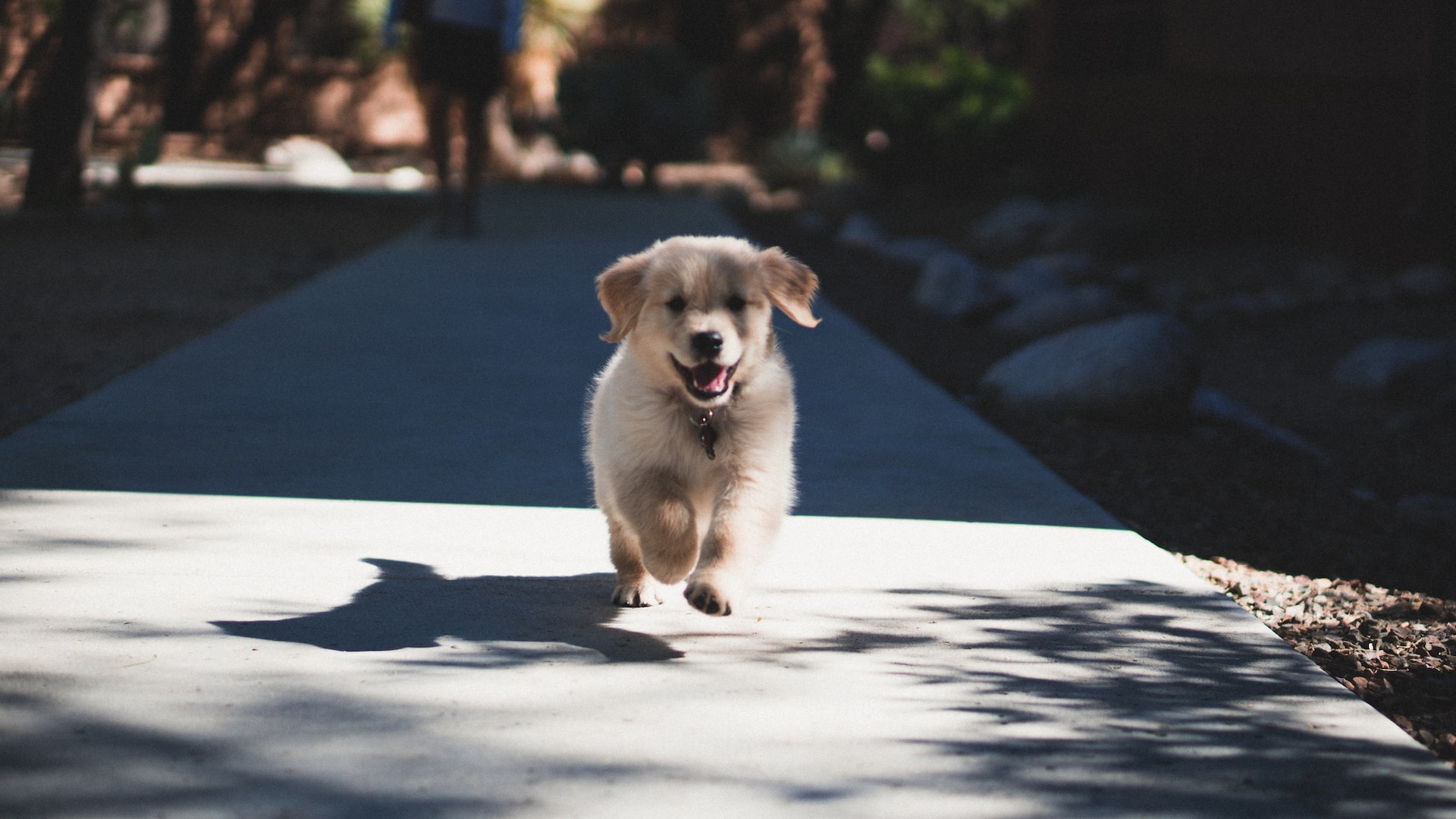
Some puppies transition wonderfully on their own, while others need a bit of time and help to get adjusted. There may be times when your new puppy cries out for its siblings or for fear of the unknown surroundings. When this happens, it’s important to be patient and comfort your puppy as many times a day as it needs. Letting your puppy cry it off will not work.
Your puppy might stop crying on its own when it gets tired or thirsty, take a short break, and proceed to cry some more. This can cause him/her to become fearful, shy, and possibly cause low self-esteem later on. Always tend to your puppy when he/she needs it.
Don’t Introduce your puppy to other dogs until it’s safe
Some puppies are naturally outgoing while others are shyer, but regardless, they all need some form of socialization training. They also need to have all their vaccinations up to date before it’s safe for them to interact with other dogs.
Typically, 12 weeks old is the age when puppies are done with vaccinations and can be walked outside. It is beneficial to introduce your puppy gradually to other people and dogs, as opposed to everyone at once on their first walk. Home, where your puppy feels safe and is comfortable, is the best place to begin introductions. Once your puppy gets acquainted with others, you can begin your daily walks.
You should watch your puppy’s behavior when meeting other dogs on your walks. If you see signs that your puppy might be frightened or uncomfortable, it is best to end the walk and take your puppy home. Don’t try to force interactions between your puppy and other dogs, as it will only worsen your puppy’s lack of confidence. Be patient and allow your puppy time to develop better confidence.
Scroll down to see FAQs about caring for new puppies!
What To Read Next
How to Treat Your Dog’s Separation Anxiety
How to Train a Puppy
Frequently Asked Questions
What are the essential supplies I need to prepare before bringing a new puppy home? Before bringing your new puppy home, it's important to prepare by gathering several essential items. You'll need to purchase high-quality, age-appropriate puppy food and small feeding bowls that suit your puppy's size. A comfortable puppy bed or dog crate will provide your new pet with a space of their own. Hygiene is also crucial, so dog toothpaste and puppy shampoo should be on your shopping list. Grooming tools designed specifically for dogs will help keep your puppy's coat in good condition. Potty pads will assist with house training, and an adjustable puppy collar and leash are necessary for walks and identification. Lastly, don't forget about toys. Toy balls, squeaky toys, chew toys, and kong toys filled with puppy rewards will keep your new puppy entertained and help them burn off energy.
How can I puppy-proof my home? Puppy-proofing your home is an important step to ensure both the safety of your new pet and the protection of your belongings. Start by securing any wires that your puppy could reach and chew. Remove small objects that could be swallowed and keep items like shoes, purses, and wallets out of reach. Medication and food that could be harmful to your puppy should be stored safely away. Also, be mindful of any sharp objects or unstable items that could fall and cause injury. By taking these precautions, you can create a safe environment for your new puppy to explore and grow.
How can I build trust with my new puppy? Building trust with your new puppy is a gradual process that involves patience, consistency, and positive reinforcement. You can start by feeding your puppy by hand and using a calm, positive tone of voice. Spend quality time with your puppy, engaging in gentle play and offering comfort if they seem frightened. Over time, your puppy will associate you with feelings of safety, calmness, and positivity, which will strengthen your bond and build trust.
What should I do to comfort my puppy at night? The first few nights in a new home can be overwhelming for a puppy. To help them feel more comfortable, it's recommended that you sleep in the same room with them. This reassures your puppy that you're nearby, providing a sense of security. If your puppy whines or cries, gently comfort them to alleviate their fears. Remember, your puppy is adjusting to a lot of new experiences, so patience and understanding are key.
How should I introduce crate training to my puppy? Crate training should be introduced gradually and positively to your puppy. Start by placing the crate in a common area where your puppy spends a lot of time. Leave the crate door open and encourage your puppy to explore it at their own pace. You can make the crate more appealing by placing soft bedding and favorite toys inside. Never force your puppy into the crate. Instead, use treats and positive reinforcement to create a positive association with the crate. Over time, your puppy will start to see the crate as a safe and comfortable space.
How can I establish daily routines for my puppy? Establishing daily routines for your puppy can help them adjust to their new home and promote good behavior. Set consistent times for meals, walks, playtime, and sleep. For example, you might feed your puppy three times a day during breakfast, lunch, and dinner hours. Short daily walks and play sessions can help your puppy burn off energy and stay healthy. Remember, consistency is key when establishing routines. Over time, your puppy will learn what to expect at different times of the day, which can help reduce anxiety and promote good behavior.
How can I set boundaries for my new puppy? Setting boundaries for your new puppy is an important part of their training and development. Start by deciding which areas of your home are off-limits and use baby gates or closed doors to restrict access. If your puppy engages in unwanted behavior, such as chewing on furniture or jumping up on people, respond with a firm "no" and redirect them to an appropriate activity. Remember to reward good behavior with praise and treats to reinforce positive habits. Consistency is key in boundary training, so make sure all members of your household are on the same page and enforcing the same rules.
How can I let my puppy investigate their new environment safely? Allowing your puppy to investigate their new environment is a crucial part of their adjustment process. However, it's important to ensure this exploration is done safely. Keep a close eye on your puppy as they explore to prevent them from getting into dangerous situations. Remove any small objects they could swallow, and keep them away from potentially harmful substances. Encourage their curiosity in a controlled manner, perhaps by introducing new toys or taking them on guided tours of different rooms. Remember, exploration is a natural part of a puppy's development and helps them become comfortable.




